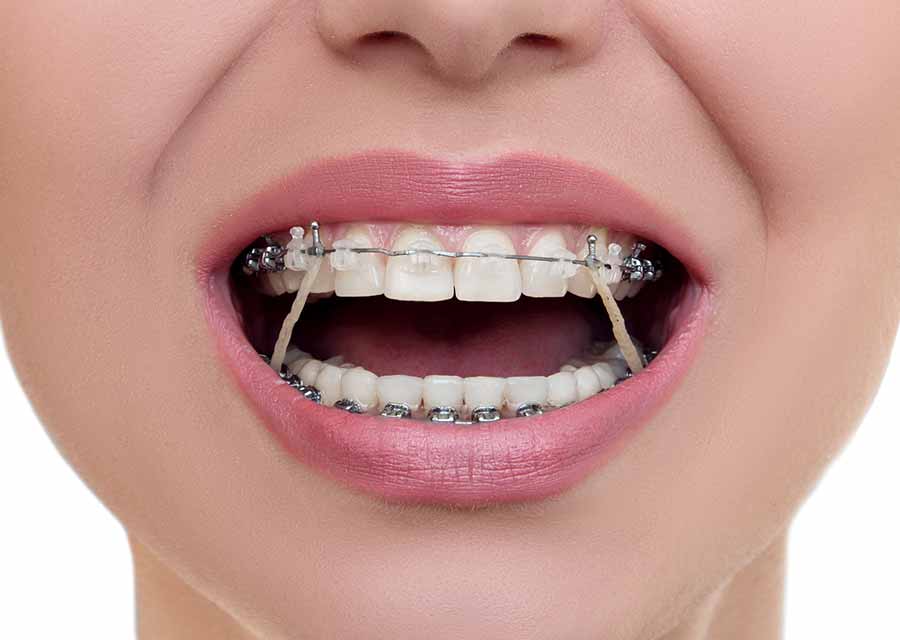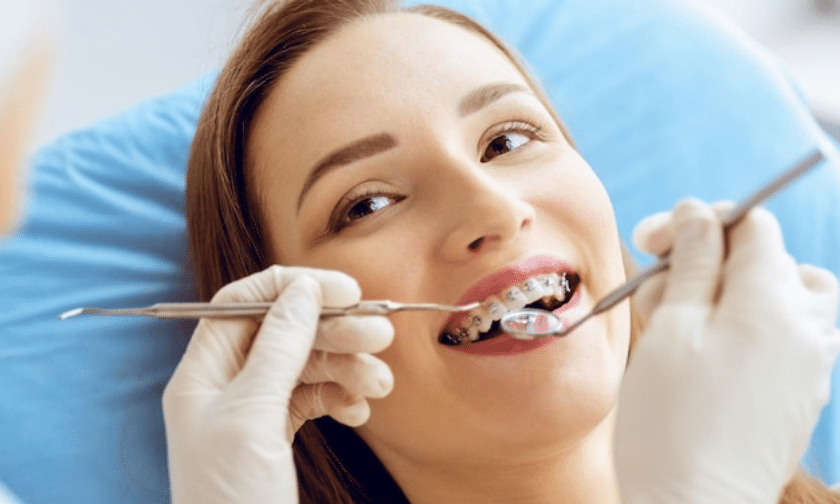Legacy Orthodontics Fundamentals Explained
An orthodontist is a dental expert educated to identify, prevent, and treat teeth and jaw irregularities. They fix existing conditions and are trained to recognize issues that may create in the future. Orthodontists function with people of any ages, from youngsters to adults. People frequently connect an ideal smile with healthiness.
Malocclusion, or misaligned teeth, can cause oral problems, consisting of tooth degeneration, gum tissue condition, and challenging or painful chewing. Not every person is born with straight teeth. If you have a negative bite or large rooms in between your teeth, you might want to consult a dentist specializing in orthodontic treatment.
What Does Legacy Orthodontics Do?
( Picture Debt: DigitalVision/Getty Images) Orthodontists utilize fixed and removable oral tools, like braces, retainers, and bands, to transform the position of teeth in your mouth. Orthodontic therapy is for oral abnormalities, including: Jagged teethBite problems, like an overbite or an underbiteCrowded teeth or teeth that are as well much apartJaw misalignmentThe objective of orthodontic treatment is to enhance your bite.
A healthy and balanced bite ensures you can eat, chew, and speak appropriately. While you could think about orthodontists as generally for youngsters or young adults that need dental braces, they can fix oral troubles at any type of age. Orthodontists participate in university, dental school, and orthodontic school. After college graduation, they invest 2 or 3 years in an orthodontic residency program.
All orthodontists are dentists, however not all dental professionals are orthodontists. Orthodontic residency programs use intensive, concentrated guideline for oral professionals. They concentrate on 2 locations: Just how to correctly and safely relocate teeth Just how to correctly assist advancement in the teeth, jaw, and faceOnce an orthodontist has completed training, they have the alternative to become board certified.
Fascination About Legacy Orthodontics
Imbalance, or malocclusion, is one of the most common factor people see an orthodontist. It is genetic and is the outcome of size differences between the upper and lower jaw or in between the jaw and teeth. Malocclusion causes tooth overcrowding, an irregular jaw, or uneven bite patterns. Malocclusion is normally treated with: Your orthodontist affixes metal, ceramic, or plastic square bonds to your teeth.
If you have only small malocclusion, you might be able to make use of clear dental braces, called aligners, as opposed to traditional braces (http://tupalo.com/en/users/8018300). Some people require a headgear to assist relocate teeth into line with pressure from outside the mouth. After dental braces or aligners, you'll need to use a retainer. A retainer is a custom device that keeps your teeth in position.
They can produce extra room in the mouth without having to draw teeth. Orthodontists utilize cables, surgical screws, or plates to sustain your jaw bone.
You may need to see an orthodontist if you have: Crowding or not enough area for all of your teethOverbite, when your upper teeth come your bottom teethUnderbite, when your bottom teeth are as well much forwardSpacing or problems with gapsCrossbite, which is when your upper teeth fit behind your base teeth when your mouth is closedOpen bite or an upright void between your front base and top teethMisplaced midline, when the center of your base and upper teeth do not align Fixing an oral malocclusion can: Make attacking, eating, and speaking easierImprove the symmetry of our face and your overall appearanceEase discomfort from temporomandibular joint conditionsDifferent your teeth and make them much easier to clean, helping stop dental caries or dental caries It's commonly a dentist that initially notifications misaligned teeth throughout a regular test.
The Definitive Guide to Legacy Orthodontics

Throughout your first orthodontic consultation, you'll likely have: An oral examPhotos taken of your face and smileDental X-raysPanoramic (360 level) X-rays of your face and headImpressions to produce mold and mildews of your teethThese tests will certainly you can try this out help your orthodontist recognize how to wage your therapy. invisalign. An orthodontist is a dental practitioner who's had training to treat your teeth and jaw
Orthodontists may carry out surgical procedure, exams,X-rays,and even more to aid you achieve an extra comfortable, healthier smile. An orthodontist is concentrated on your bite, so something like a cracked tooth would certainly be dealt with by a dentist. Orthodontists are dental professionals but not all dental practitioners are orthodontists. Orthodontists are focused on your bite, or the way your teeth fit together, and the straightness of your teeth.
Ever before wondered just how celebrities always seem to have perfectly straightened teeth? Orthodontists are oral specialists that focus on dealing with irregularities in the teeth and jaws.
3 Easy Facts About Legacy Orthodontics Explained

While dental braces are one of the most frequently recognized orthodontic treatment, orthodontists have a diverse toolkit at their disposal. The certain technique chosen depends upon the seriousness of the situation, the client's age, and specific preferences. These reliable braces make use of a system of braces bonded to the teeth and connected by cables.
Clear aligners, like Invisalign, are a preferred alternative for individuals seeking an extra discreet therapy option. These detachable trays are tailor-made to gradually shift the teeth's setting. Headgear might be made use of in combination with dental braces or aligners to use additional targeted forces, particularly for fixing jaw disparities. In cases of slim jaws, palatal expanders can be made use of to develop space for proper tooth positioning.
Comments on “The 45-Second Trick For Legacy Orthodontics”